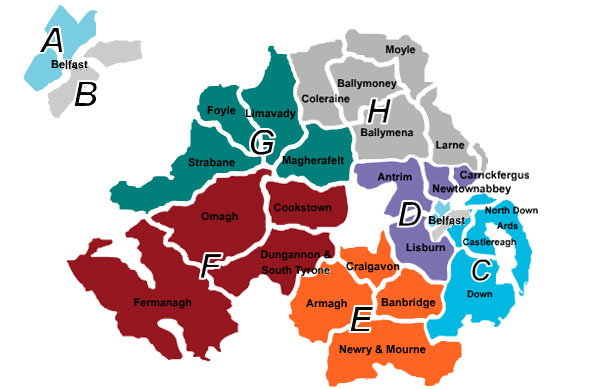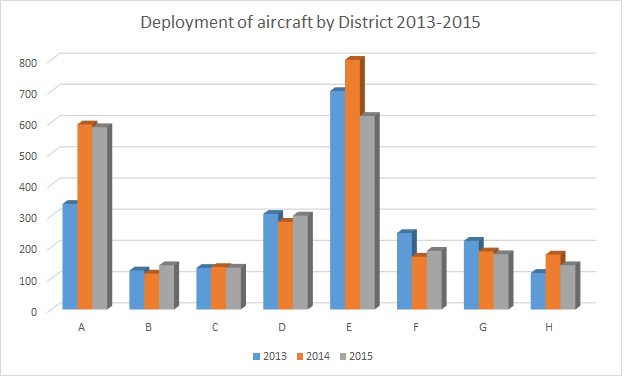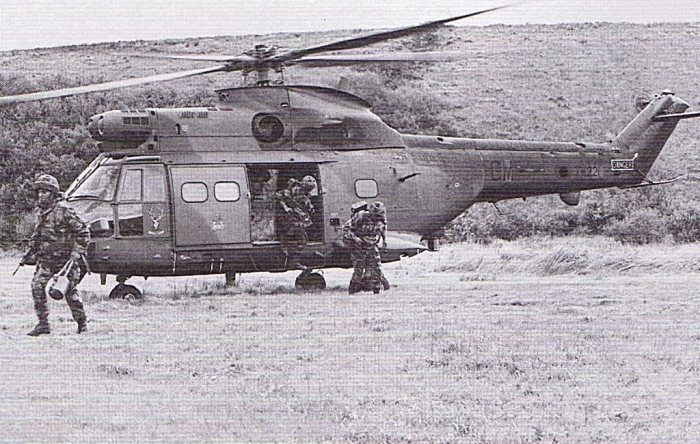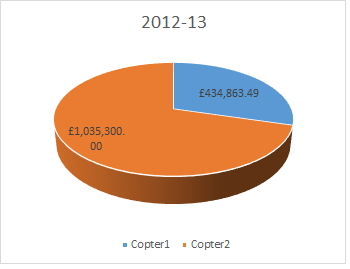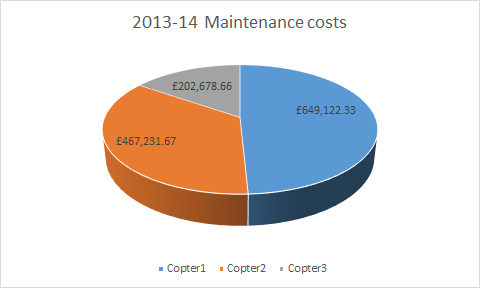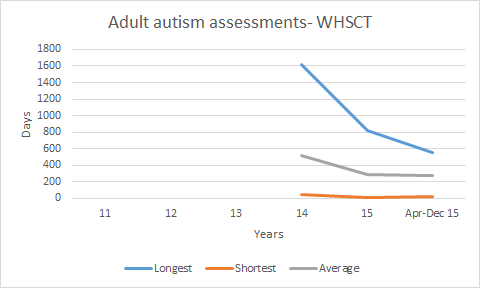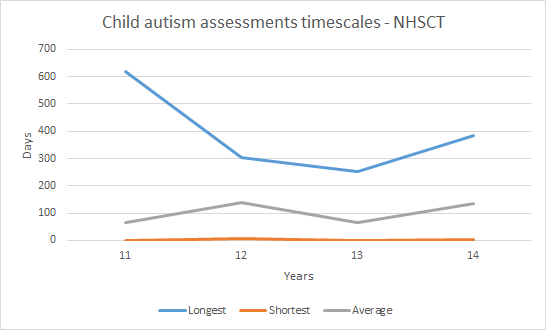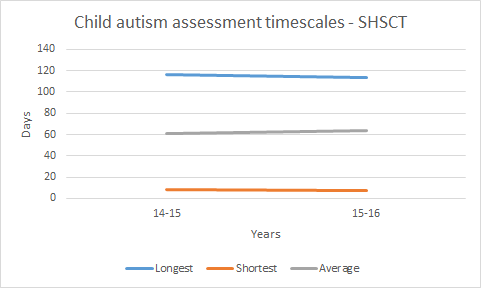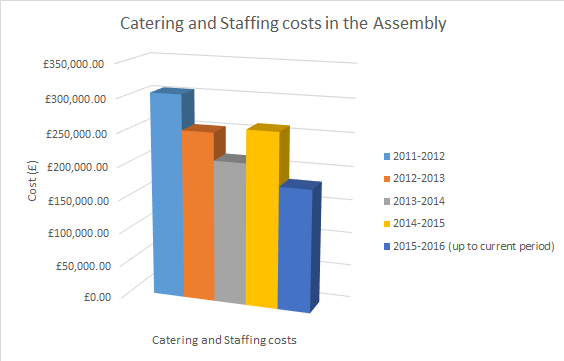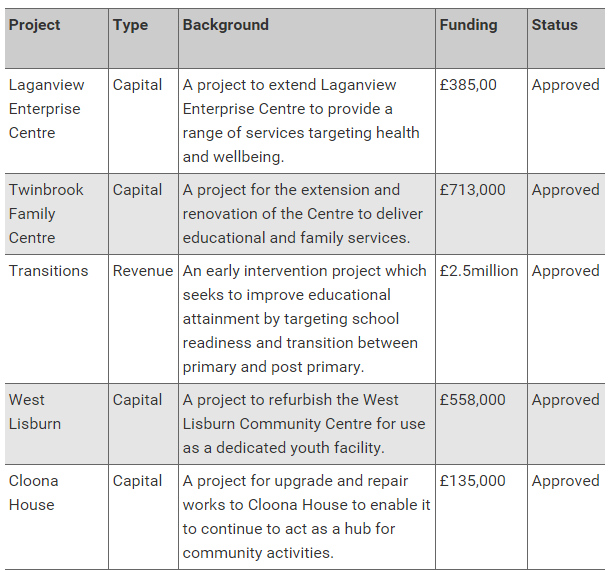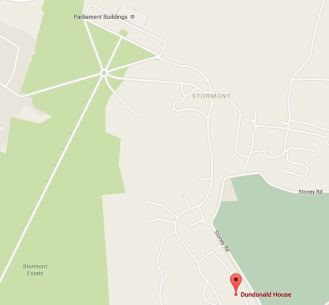The constituency of North Down faces some big changes in this upcoming Assembly election, particularly on the UUP ticket with the departure of longstanding MLA Leslie Cree.
He is replaced on the UUP ticket by Alan Chambers who ran as an Independent in 2011 and actually outpolled Mr Cree, accompanied by Daniel Allen and Carl McClean.
Alliance are running current DEL Minister Stephen Farry and Andrew Muir, a former Mayor of North Down.
The Green incumbent Steven Agnew is the party’s sole candidate and is joined by UKIP’s Bill Piper and Frank Shivers of the NI Conservatives.
The DUP have not confirmed their candidates but it is likely their three current MLA’s Alex Easton (who topped the poll in 2011), Peter Weir the DUP Chief Whip and Gordon Dunne will run again.
The DUP is the largest party in the new Ards and North Down Borough Council with 17 seats, shadowing the UUP’s 9, Alliance’s 7 and the Green Party’s two seats. Its candidates polled 16,460 votes, which if repeated would safely elect three MLA’s. In the 2011 council election for both North Down and Ards, the DUP’s tally was over 20,000.
The UUP polled over 8,000 votes in the local government election, which if replicated would secure two seats, though in the Assembly election the same year they secured only 3,000 votes and one seat, with Chambers, then an independent, narrowly missing out.
The Greens will be fighting to keep their leader in the sole seat for the party in Stormont. Agnew is a popular MLA and has a relatively good profile. Their Assembly and council vote is in the low 2,000’s and almost identical. With their two councillors coming from Bangor West and Bangor Central, it will be crucial to hold the tide here particularly given both polled less than 500 votes.
PREDICTION
It is almost certain that the DUP will hold their three seats if the figures from the Council elections are replicated, though the UUP will be hot on its heels with Chambers back in the UUP fold.
The flag protests did little damage to Alliance here compared to Belfast, though Muir polled less than 1000 votes at Council level, so it is unlikely he will follow Farry into Parliament Buildings.
We predict that Steven Agnew will hold his seat, with a slightly reduced margin given the squeeze of Chambers and the possibility of a second UUP seat.
DUP X 3
UUP X 1 – Likely to be Chambers
AL X 1 – Farry
GP X 1 – Agnew
Possibility here of a second UUP seat, likely to be at the expense of the Greens if the momentum does materialise.
UKIP and NI Conservatives will not make any breakthroughs here.



